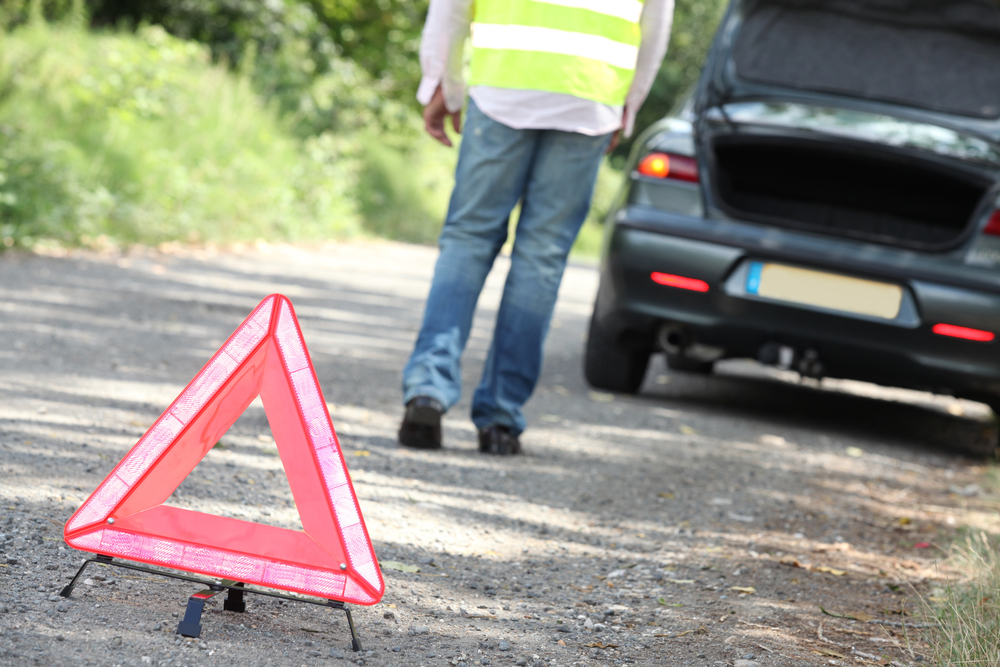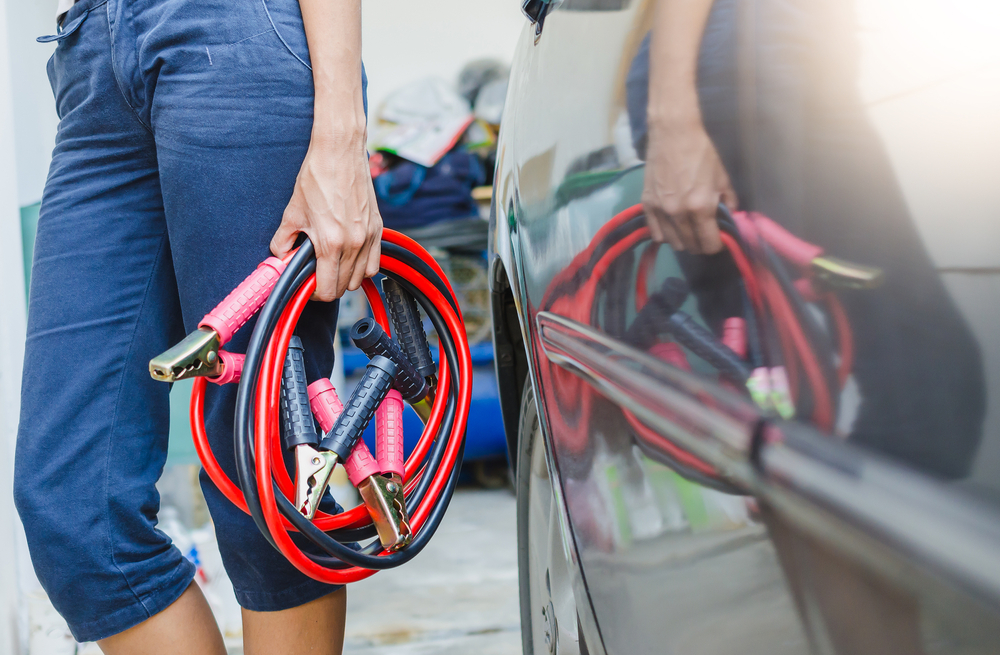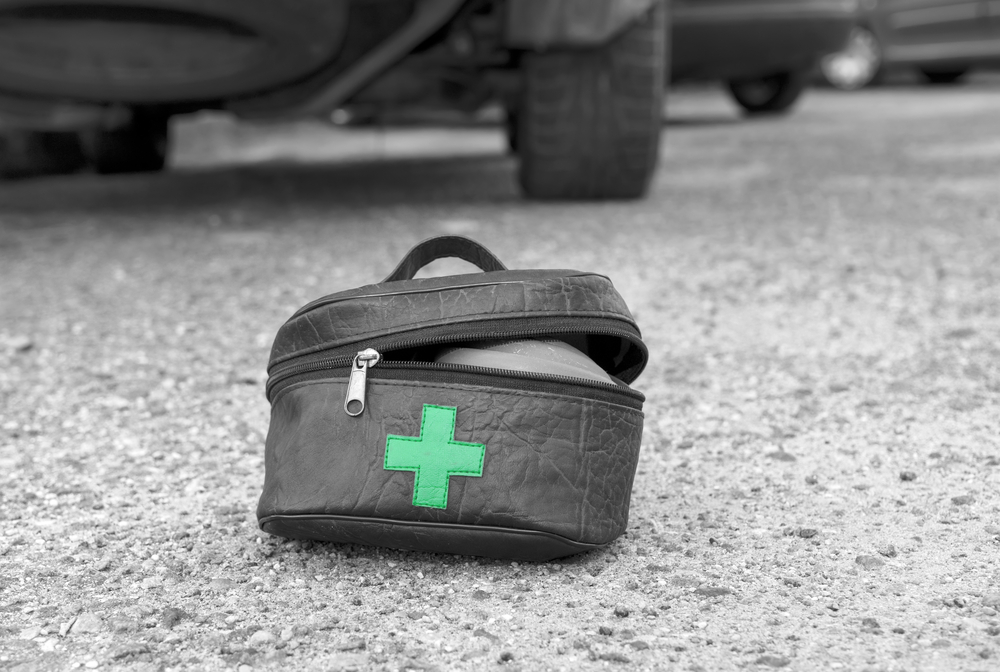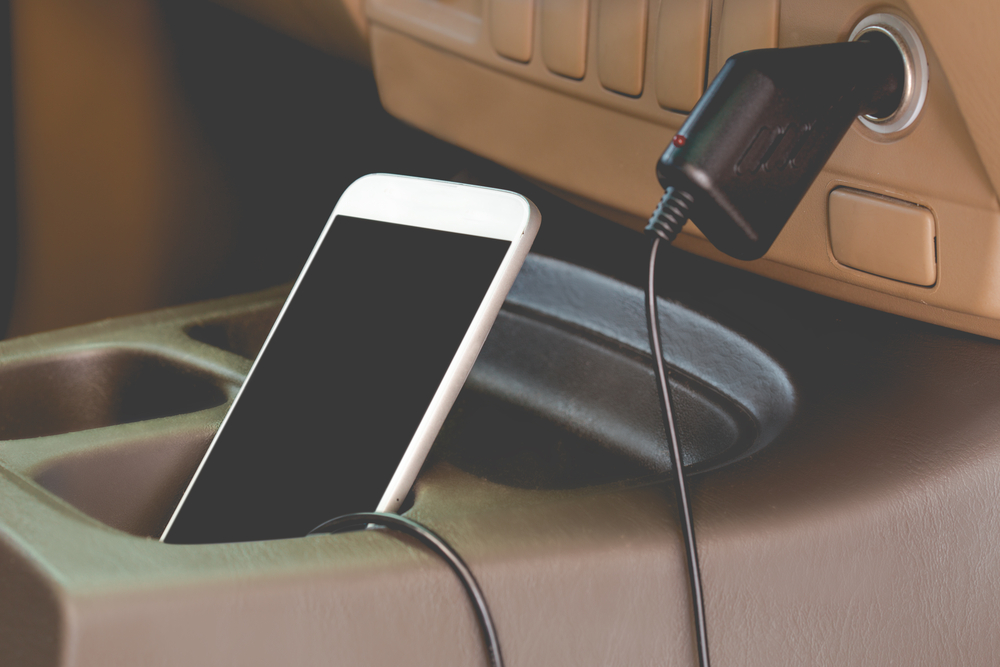Top 5 essentials to keep in your roadside emergency kit

Car breakdowns are never convenient, whether you’re a few blocks from home or 100 miles away. But whatever the reason for your car troubles, having a well-stocked roadside emergency kit can mean the difference between a tolerable experience and a truly uncomfortable one.
Whether you’re an urban adventurer or you prefer to take the scenic route, make sure you have these five essentials in your emergency kit at all times.
Preventive and remedial measures
First off, every road kit needs a few tools for getting your car back on the road (even momentarily) if it breaks down. Make sure your kit is stocked with the following:
- 12-foot jumper cables
- Tire pressure gauge (used monthly or during extreme temperature changes)
- Jack and lug wrench
- Motor oil
- Engine coolant
- Flashlight
Before you get in a roadside jam, take the time to familiarize yourself with these items. Know which jumper cable clips connect to which battery terminal (red to positive, black to negative), learn how to replace a flat tire with a spare, and refer to your owner’s manual for your vehicle’s required oil and coolant grade.
Fire extinguisher
Vehicle fires can be caused by anything from short circuits and fuel leaks, to overheating and car accidents. And while it’s crucial to get away from a fire as quickly as possible, having an extinguisher handy can greatly minimize damage.
When purchasing a fire extinguisher, make sure to check the label. Dry powder extinguishers are best for vehicles because they can fight fuel- and electrical-related fires. Also consider a lightweight extinguisher for ease of use and a mounting bracket so it doesn’t roll around.

Road flares or reflective warning triangles
Being stuck on the side of the road is no fun, but it can also be dangerous—especially at night. That’s why having distress signals to forewarn motorists and alert law enforcement is critical. Whether you use flares, LED lights or reflective warning triangles, make sure you have at least three on hand so they can be placed far down the road. And if you’re stranded on a two-lane road, make sure to also place one at least 15 feet in front of your vehicle.
First-aid kit and snacks
Assemble a first-aid kit that can treat anything from small cuts, burns and bruises, to issues that require considerable bandaging. Be sure to include Band-Aids, gauze pads, antiseptic ointment, anti-inflammatory drugs and necessary prescription medication. And because sustenance is an important aspect of treating the sick and injured, check that you’re fully stocked with water and nonperishable emergency snacks.
Smartphone charger
It’s safe to assume by now that most people keep their smartphones on them like an appendage—and, hey, they come in handy. That’s why you should ensure that yours is charged and ready to go at all times. Though a phone charger for the car is a great start, it’s also wise to have a battery-powered charger for when your ride’s kaput and you need to call roadside assistance.
Just remember that if your vehicle calls it quits, pull over onto the shoulder at a safe distance from traffic, turn on your hazard lights and remain in your car until help arrives. If an emergency calls for it, use your roadside kit as needed. If you’re prepared with these five essentials, you’ll be back on the road before you know it.
Haden Kirkpatrick is the Director of Marketing Strategy and Innovation at Esurance, where he is responsible for all initiatives related to product and service innovation. Find him on Twitter @HadenKirk.






